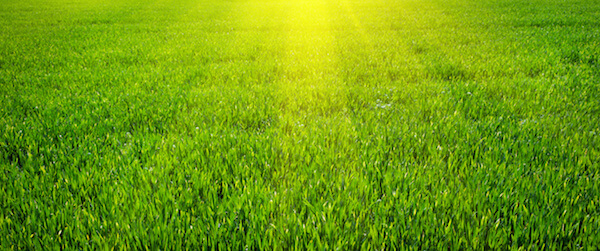
Is Centipede Grass Right for Your Florida Lawn?
Sometimes referred to as “the poor man’s grass,” because it requires less attention than most other sods, many homeowners choose centipede grass for their Florida lawns. As a warm-season grass with a tolerance for some cold, this type of cultivar serves well in northwest Florida. However, as lawns go, centipede grass has its own temperamental features that could take it out of the running for your own landscaping goals.
Advantages of centipede grass
What qualities make centipede grass good for your landscape?
Less frequent mows: This grass works well for those who have little time or patience for fussing with a lawn. As a slow-growing short variety, it needs fewer mowings in a season. As long as you keep the length to 1.5 to 2.5 inches, centipede will happily keep your ground covered.
Takes to poor soils: This variety has a penchant for more acidic soils with pH at 4.5 to 6.5. Plus, it can tolerate less-than-ideal soil conditions such as sand, clay and muck.
Needs very little extra nutrition: Centipede grass needs very little fertilizing and cannot tolerate too much nitrogen. A little special-formulated nutrition goes a long way.
Tolerates drought: During droughts and water restrictions, centipede grass will go dormant. Although it will turn brown, once you can water regularly again, it readily comes back to life.
Can grow in partial shade: Although this sod, like most other types, prefers full sun, it can continue to thrive in moderately shaded areas.
Remains green longer into the fall: As it grows slow, it also goes into winter dormancy later than most ornamental turfs.
Can start from seed, plugs or sod: You can start a centipede lawn by whichever method suits your needs and budget best.
Disadvantages of centipede grass
While this species has many advantages, some features may not please you as much as other popular sod varieties. What are the disadvantages?
Yellow-green color: Centipede grass produces a much lighter shade than you may prefer. It’s natural yellow-green hue means good health, but attempting to darken it can ultimately destroy the lawn. Efforts to force a richer color with extra nitrogen will backfire and possibly bring about centipede grass decline.
Produces thatch: Although this variety of grass produces thatch, spring raking will keep it going strong.
Requires very even ground: Because centipede grass grows by above-ground stolons, it can lose touch with the soil over dips in the topography of your lawn. Also, with its naturally low height, it’s easy to scalp the grass on the high spots.
Poor salt tolerance: Centipede grass will have difficulty flourishing on lawns close to the ocean.
Not wear tolerant: This sod grows too slow to recover from a lot of traffic. It performs best with the least amount of footfall.
Is attractive to nematodes and ground pearls: If healthy, most pests will avoid your lawn, but under stress, nematodes and ground pearls — round, white insects that feed on grass roots — may attack and devastate your lawn.
Although many homeowners in northwestern Florida enjoy centipede grass as the favored species, you may prefer a type that offers up a deeper green, more wear and salt tolerance and ability to grow over uneven soil. With other sods, you’ll probably spend more time, effort and fertilizer to maintain it well, but the ultimate results may please you more.
Other Appealing Varieties
Depending on your lifestyle, you may prefer one of the following turfgrasses for their many benefits:
Icon Zoysia
This soft and emerald green grass can take wear, some salt, heat and moderate cold and drought. Like centipede, it requires less management and fertilizer while also thriving in less than optimal soils.
Empire Turf
Another zoysia grass, Empire Turf grows darker leaves and can handle droughts better than most other varieties.
St. Augustine
Floratam, Saw Palmetto and Seville cultivars each have their own strengths and few weaknesses. St. Augustine grasses offer versatility with types that handle shade, cold, drought, traffic or poor soils better than others. All produce richer greens than centipede grass.
Bermuda
Both Celebration Bermuda and Tifway 419 thrive in environments with substantial activity. They’re great for homes with children, pets and frequent lawn activities.
Bahia
As a pasture grass, Bahia competes with centipede in its ability to establish and grow with minimal input and in poorer soils. However, because it grows from roots, not stolons, it enjoys a much tougher constitution than centipede grass.
With the number of grasses adapted to Florida’s warm and sometimes extreme climate, you can find exactly the right turf for your purposes. Please feel free to contact us at Duda Sod. We’re most happy to help you select the best product for your home.